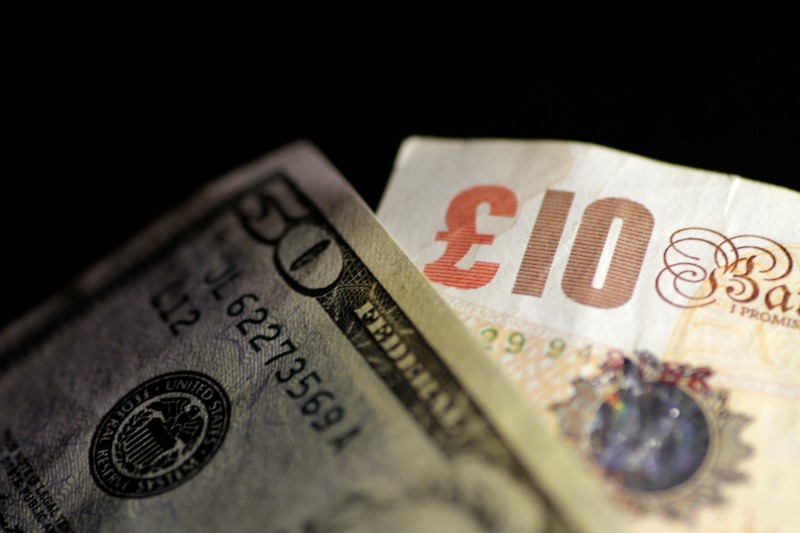
At 05:45 ET (09:45 GMT), the Dollar Index, which tracks the greenback against a basket of six other currencies, traded 0.1% higher to 102.452, just above levels last seen in January.
The U.S. dollar has been on the backfoot for most of this week, with data released on Wednesday showing the consumer price index rose moderately in July, in line with expectations, and the annual increase in inflation slowed to below 3% for the first time since early 2021.
The figures added to cooler-than-expected producer prices earlier in the week, and suggest inflation is on a downward trend which would provide the Federal Reserve with headroom to start cutting interest rates.
The next Fed meeting is in September, and is widely expected to cut rates, although debate remains over the size of the initial reduction.
The next data point is U.S. retail sales later in the session, and will garner significant attention as consumption accounts for about two-thirds of U.S. economic growth.
The release is expected to show monthly growth of 0.4%, a slight improvement from the prior month’s flat reading.
The Fed has maintained its benchmark overnight interest rate in the current 5.25%-5.50% range since last July, after hiking its policy rate by 525 basis points since 2022.
In Europe, GBP/USD traded 0.2% higher at 1.2845, after data showed Britain’s economy grew 0.6% in the second quarter of 2024, building on a rapid 0.7% recovery in the first quarter of the year.
Britain’s economy has grown slowly since the COVID-19 pandemic, expanding just 2.3% between the fourth quarter of 2019 and the second quarter of 2024.
The Bank of England cut interest rates for the first time in over four years at the start of August, but doubts remain over whether the central bank will agree to further rate cuts this year.
EUR/USD traded marginally lower to 1.1011, but remained near the previous session’s high of 1.1047, its highest level this year.
The European Central Bank started cutting interest rates in June, and many expect the policymakers to agree to another reduction in September.
In Asia, USD/JPY rose 0.1% to 147.43, with the yen steadying after gross domestic product data showed Japan’s economy grew more than expected in the second quarter, aided by a rebound in private consumption as Japanese wages grew.
The reading tied into the Bank of Japan’s outlook that improved wages will boost the Japanese economy, giving the central bank more headroom to keep raising interest rates this year.
USD/CNY rose 0.3% to 7.1587, with the yuan slipping as a swathe of readings presented a mixed picture of the Chinese economy.
Chinese retail sales grew more than expected, inspiring some confidence in improving consumer spending and inflation.
But industrial production grew less than expected, as did fixed asset investment. China’s unemployment rate also unexpectedly rose to 4.2%.
The readings showed that while some policy measures from Beijing were aiding consumer spending, the overall economy still remained under pressure.
To read the full article, Click Here
